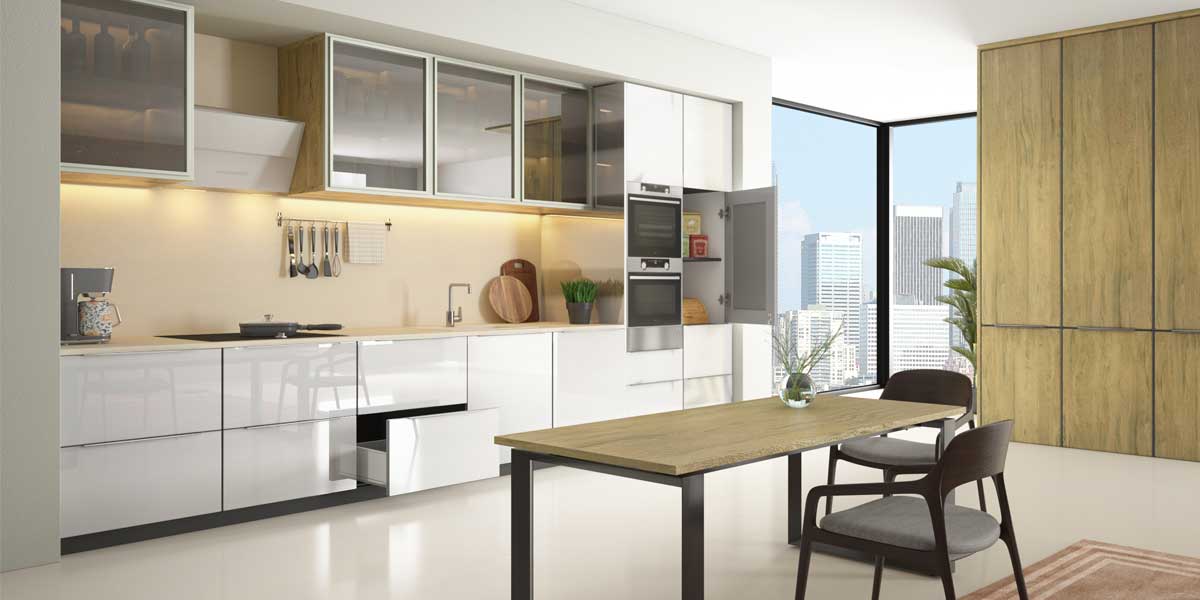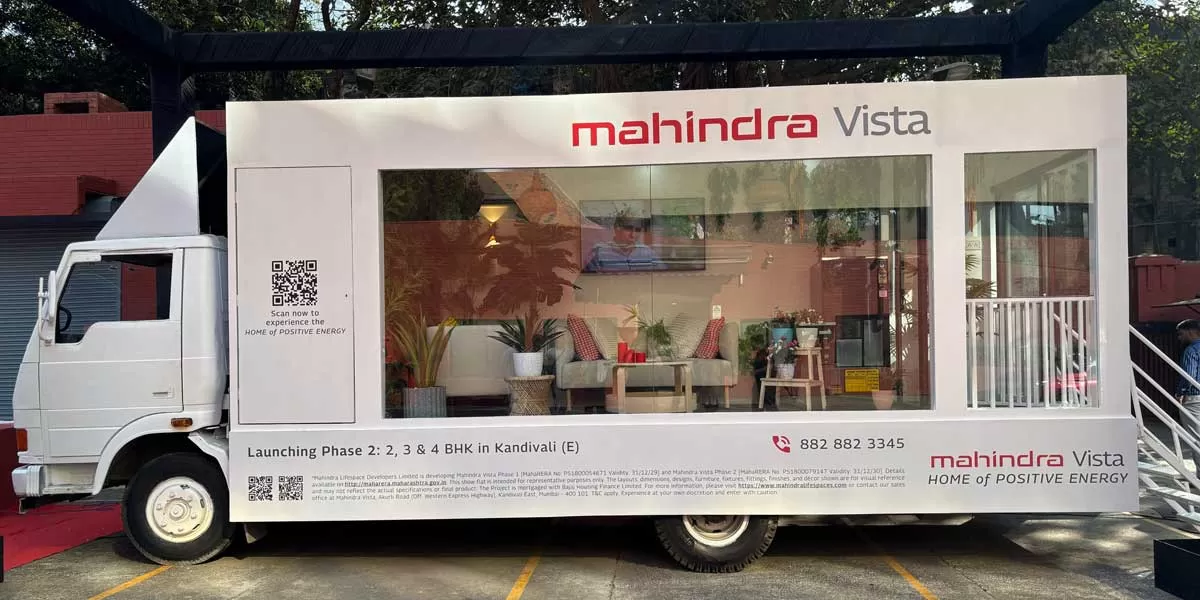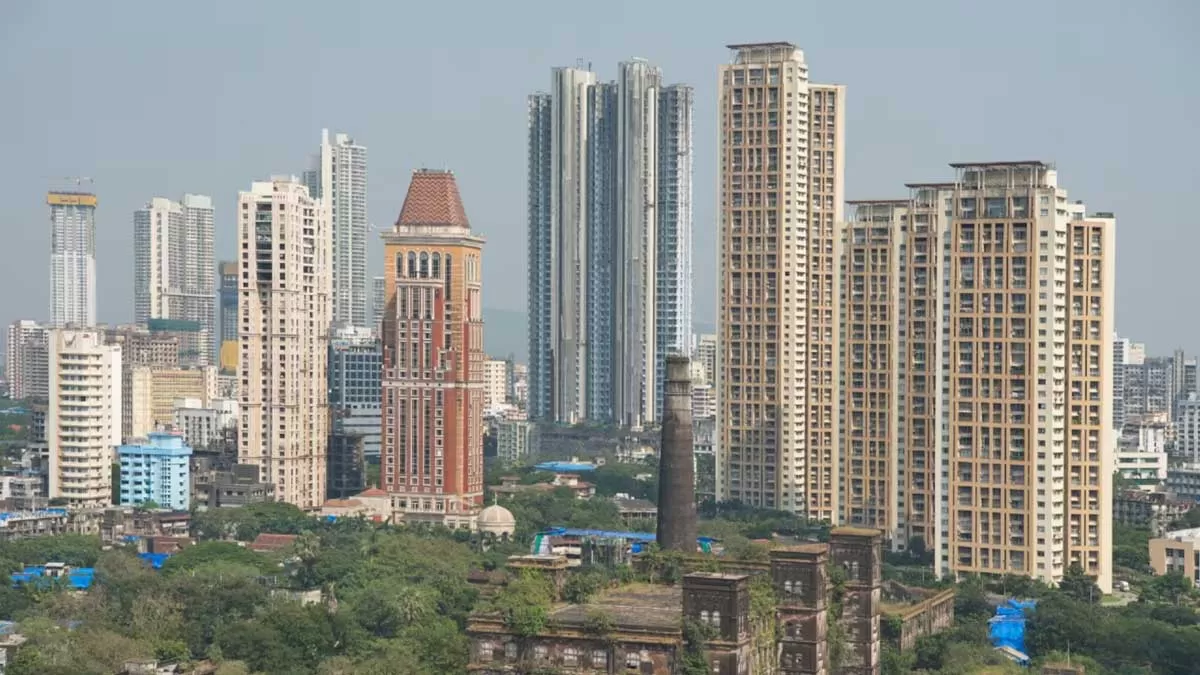Photo courtesy: HäfeleOver the past few years, the kitchen market in India has witnessed an inclination towards modern design and comfort. In fact, India’s modular kitchen market is projected to grow at a CAGR of over 27 per cent during 2019-2024 to reach $862 million by 2024.
Evidently, kitchens are gaining recognition in the home improvement category to augment both functionality and decor. Consumers are showing an inclination to experiment with design, texture and colour combinations, and are progressively looking at premium designs and features such as magic corners and kitchen island concepts to add a touch of luxury to the cooking space.
To delve further into the subject and learn what consumers are looking for, CW hosted an insightful webinar on Modular Kitchens on June 16. The webinar was supported by Häfele.
COVID changes kitchen dynamics
The kitchen, neglected for so long, has come into the limelight owing to the pandemic. “Clients are looking at it and designers are trying to reboot it as much as they can,” says Kanika Bawa, Design Director & CEO, Kanika Bawa Design. “Today, clients want all the possible appliances to be encompassed within the kitchen with attention to detail. There are midway options to high-range options to design the kitchen.”
The kitchen is no longer just a place for storage and cooking; it is also a space for entertaining. “Clients want equipment-centric kitchens since the pandemic happened and because of the absence of domestic staff,” says Bawa. She adds that hygiene, sanitisation and quality of kitchenware have become of prime importance today. “Clients are asking for chimneys that make minimal noise; hot water has become a necessity as has proper ventilation. Also, as everyone in the family wants to cook in the kitchen during the lockdown, we need new ergonomics where one size fits all. There have to be some flexible areas or zones in the kitchen.”
The youth are looking for pocket-friendly and budget-size interiors and kitchens. This has led to the emergence of condos or studio apartments. Builders are now collaborating with industry leaders like Häfele or other companies for kitchen fittings and making a smart kitchen. “The youth want a foldout table, chopping board, working station and, more important, time-saving design exploration and storage, adds Bawa. “Also, people are more open to design exploration, whether it is India-centric, fusion, contemporary or futuristic. They want a personality kitchen. They want character, features and something that is easy to maintain, clever and smart.”
The demand
Because of the pandemic and the institutionalisation of work from home, many people are moving back to their homes in Tier-II cities. “So, the Tier-II cities are definitely seeing a big uptick both in terms of residential sales and in modular kitchens and modular interiors, because a lot of these people are moving back on a permanent basis,” says Ponappa PM, Head, Brigade Plus. He adds that the buying capacity in these cities has significantly increased and therefore demand has also gone up.
Having said that, he believes Tier-III cities would not necessarily have the same amount of demand because of lower communication infrastructure and speed of Internet in these cities, because of which employees may not be able to work from home successfully. He cites another reason as the cost of transportation to these areas: “Because a lot of modular kitchen and interior providers do not have established channels of distribution in these areas, transportation typically adds on to the cost.” This prevents people in Tier-III cities from opting for a modular kitchen. Also, the availability of skilled labour is a huge problem in Tier-III cities, highlights Ponappa. “All is fine and good if you have a good product but if you don’t have a qualified person to assemble it, a lot can go wrong.”
When asked whether demand is more from mid segment or the luxury segment, Ponappa responds, “At the end of the day, everybody needs a kitchen and we are getting an equal number of enquiries for projects from the mid segment and the higher segment. Typically, we find that in a mid-segment product, a customer ends up spending anywhere between 8 and 12 per cent of the apartment value on interiors. In the luxury category, about 20-30 per cent of the apartment value is spent on interiors.” However, in the mid segment, he observes that for anybody who has purchased a home purely from an investment point of view and intends to rent it out, modular is not the first choice. “The modular product is taking a beating over there, though it is a superior product with less hassles.”
Trending designs and colours
A strong trend is the open kitchen that integrates itself into the rest of the house, observes Nisha JamVwal, Owner, Nisha JamVwal Design. “Spacious kitchen, industrial designs, anti-fungal tops, anti-rust tops that are easy to clean and maintain, are trending,” she adds. The kitchen is a place in the house where people often slip and fall; hence, anti-skid flooring is important. “As far as colours are concerned, emerald green is making waves, followed by yellow and grey.” The styling of a kitchen now includes metallic lights, tall ceilings and plants. “I see a lot of clients asking for water bodies and exotic vegetable gardens near the kitchen. The biggest trend right now is hygiene.”
Biophilic design and earth design are definitely popular, coupled with going back to Indian roots, according to Bawa. “We have replaced steel and non-stick ware with copper, terracotta and brass. People are going to tilt towards natural, organic materials and two-toned colours will be popular to help balance the mind and body.”
Focus on functionality
While aesthetics is one aspect, functionality is an important element in planning kitchens. And the basic function of a modular kitchen is to keep the kitchen organised and uncluttered. Here, Jurgen Wolf, Managing Director, Managing Director, Häfele South Asia, says, “If you look at any furniture, be it a kitchen or wardrobe, without functionality or fittings, it is just plain wood and isn’t of any convenience. At Häfele, we provide all our kitchen fittings with a lifetime warranty to make sure they keep functioning and working.” Micro-living is a huge trend, not just in India but in the world, and Häfele specialises in providing quirky solutions to save space. As Wolf explains, “If you have a 300 sq ft or 500 sq ft apartment, where you live, sleep, cook, to make that work is a real art. So for that we have these clever fittings that you can use and maybe store away when you do not need them so you make space for other things. You’re basically designing a space on how the user uses the kitchen.”
A modular kitchen essentially means it is standardised or rather factory-made. However, more than 80 per cent of the kitchens in India are still made by carpenters. “However, COVID has certainly made a huge difference because people don’t want people on site now; they want a kitchen to come in flat – packed or pre-assembled,” says Wolf. Thus, we are seeing more acceptance for factory-made kitchens. He adds that with a carpenter-made kitchen, you’re unlikely to get the quality of woodwork or accuracy of installation of fittings, all aspects that modern kitchens address in a very efficient way.
Interestingly, when Häfele came to India 20 years ago, modular kitchens were non-existent and there were no real mechanised factories making them. “We have come a long way and I see it accelerating tremendously,” avers Wolf.
Best-suited build materials
With regard to trending materials for modular kitchens in terms of durability, sustainability and affordability, Devika Khosla, Creative Director, The Works Interiors, says: “When kitchens are designed for homes, budgets are supposed to be in place. Materials follow the budget trend.” According to her, the sturdiest material would be a good quality plywood that is water-resistant and termite-resistant with a 1-mm laminate pasted. Laminate is an important material that is being used a lot these days. Acrylic is used to give colour, while glass encased in an aluminium profile shutter for overhead cabinets makes the kitchen airy, she adds. “The fittings are really the key. All these materials when put together with the right fittings make a good kitchen.” Khosla believes these materials are not just sturdy but also versatile. They make the space look smart and modern and are easy to clean.
In terms of other hardy materials, for countertops Khosla suggests Indian granite or quartz. She believes Indian granite is absolutely durable for Indian cooking. But at the end of the day, it totally depends on the end-user. “People are now increasing their kitchen budgets as they have realised that the kitchen will last long with the use of good and sturdy materials.”
The importance of hardware
The right hardware can further increase the durability and sustainability of kitchens. Most Indians prefer marine ply as a base material, even though that is based on the impression of a wet kitchen concept, which isn’t entirely true, according to Wolf. He shares that in Europe, nobody uses ply; 100 per cent of kitchens are made of engineered boards that are termite-proof, offer stability, and are cheaper than ply.
“Thus, it is important to get the base right and then in the cabinets you can fit the fittings accurately so they function perfectly,” he highlights. “Without that functionality, you have nothing. This is why the functional design of the kitchen is super important.” Other aesthetic components such as lighting are important as well. According to him, an engineered countertop is the perfect material, not granite. “Granite has the biggest limitation in colour; with engineered stone, you can get any version and colour, which makes a huge difference. It is just entering India and we see doubling of sales figures.”
Here, Khosla believes the client’s budget is the deciding factor. “It may not fit the budget of a certain user, so they may like materials like marine wood. The better the quality, the extra you have to pay for it. Modest Indian homes would still prefer to go with Indian granite than engineered stone.” Having said that, she agrees that modular kitchens are the way forward as they are easy to install, maintain and clean and are durable.
The affordability aspect
When asked about the cost of a good quality budgeted modular kitchen, A Nagappan, Studio Head, Designqube Architects & Interior Designers, responds: “From a Tier-II city perspective, it would be anywhere above Rs0.125-0.15 million for a 10 x 10 kitchen.” The range in big cities would be anywhere from Rs0.35-1.5 million; depending on the size of the kitchen, the average cost would be about Rs0.5 million minus the appliances.”
Functionality is a key, he adds, saying the primary reason why people opt for modular kitchens is to organise things and keep them in place. “Organising is the first priority and we go for a limited number of accessories. We work with a stripped-down lean kitchen – that’s how we are able to make the kitchen in the given budget.”
The challenges
Materials such as MDF and particleboard or chipboard are good for use in a factory; a carpenter cannot handle them at site, notes Nagappan. “As a country, we have been traditionally depending on carpenters to bring our ideas to life. And carpenters systematically make us believe these materials are not fit for interiors only because they are unable to work on them; it’s their own limitation. On a site, you cannot work on particleboard; you cannot cut it or stick it properly and the kind of screws and power tools required are not available.” He adds that in Tier-II and Tier-III cities, carpenters do not have access to hardware and hence work with whatever they have in hand, while clients look up to them and their point of view and recommendations.
That said, there has been a rise in factory-made furniture and fittings and the market is catching up. “People who are aware and can afford a branded kitchen are ready to spend as they get a warranty of maybe 10-15 years,” says Nagappan. “But people who get their work done by carpenters are afraid about the guarantee or warranty, as no one gives them that. That is another reason why no one wants to use anything other than plywood. To work with particle sheet or MDF, you need more skilled labour.” JamVwal agrees that the biggest challenge in India is labour, “which is why I thrive on modular kitchens”.
“Another challenge when we do a modular kitchen is the AMC (annual maintenance contract),” says Khosla. “After a couple of years, the drawers and shutters tend to hang with usage. That’s when the problem starts cropping up. The client doesn’t know where to go – whether to get a regular carpenter to do the work or reach out to the company they bought it from. There is no clarity on that. People suffer this kind of a problem.”
Here, Wolf cites a solution. “Typically you would buy a kitchen from our kitchen partner. It can be a kitchen franchise or studio partner or kitchen manufacturer; these people have labour who are trained by us. When you buy from us, we offer a lifetime guarantee, so nothing should crop up in two years in the first place. It should last you 10 to 15 years. An AMC is a great idea once a year. We have created a service where our own technician will come to your house to do the installation for you.”
In conclusion
Each panellist was asked about innovative trends in modular kitchens that will see more traction in coming days. Here’s what they had to say:
Ponappa: Visualisation is the key. The next step will be virtual reality to visualise the kitchen on the customer side. For vendors and suppliers, it will be increase in productivity by using artificial intelligence (AI) and machine learning (ML).
Khosla: The use of smart kitchen appliances
Bawa: Biophilic design
Nagappan: Minimal and monochrome kitchens
Wolf: 70- 80 per cent solid colour and solid light colour. The colour grey is in demand as it looks good with wood and is easy to maintain.
That’s a kitchen full of versatility!
- SERAPHINA D’SOUZA


















